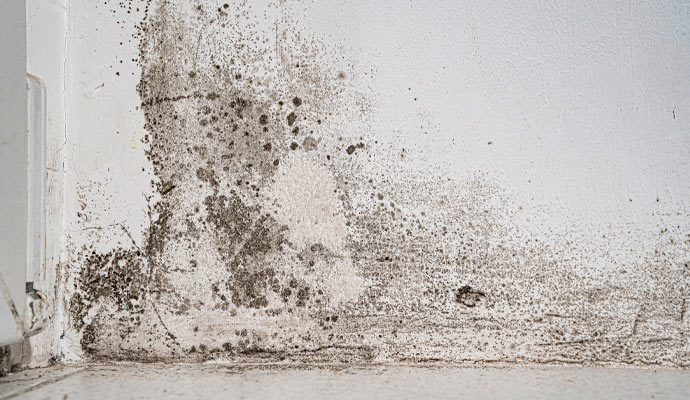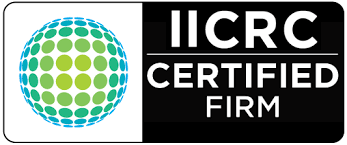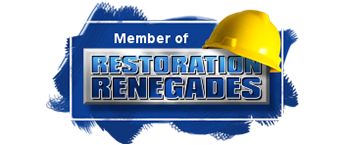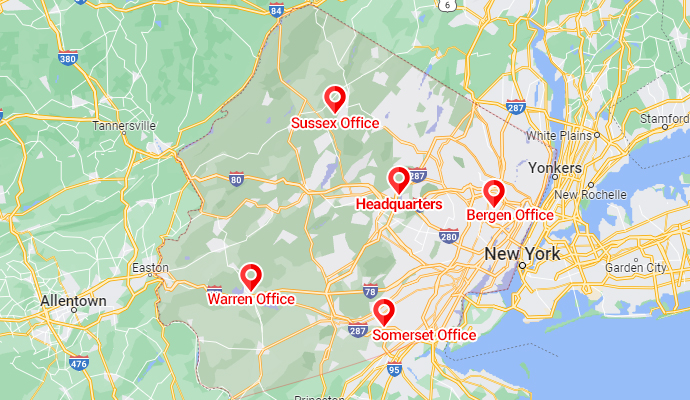Say Goodbye to Mold: Essential Tips for a Healthier Home
Mold is more than just an unsightly nuisance; it poses serious health risks and can cause significant damage to your home. Preventing mold growth requires vigilance and proactive measures to control moisture and maintain a clean, sanitized environment. Whether you’re dealing with a damp bathroom, a leaky sink, or high humidity levels, these essential tips will help you create a healthier, mold-free home.

1. Control Moisture and Humidity
Mold thrives in environments with high moisture and humidity. To prevent mold growth, it’s crucial to control the moisture levels in your home:
- Use Dehumidifiers: In areas prone to dampness, such as basements and bathrooms, use dehumidifiers to keep humidity levels below 60%. This helps inhibit mold spores from settling and growing.
- Ventilate Properly: Ensure that your bathroom and kitchen are well-ventilated. Use exhaust fans or open windows to reduce humidity and remove excess moisture from the air.
- Fix Leaks Promptly: Address any leaks in toilets, sinks, or pipes immediately. Even minor water leaks can create a wet environment conducive to mold growth.
2. Maintain a Clean and Sanitized Home
Regular cleaning is essential to prevent mold from taking hold. Focus on areas that are frequently exposed to moisture:
- Bathroom Care: The bathroom is a prime spot for mold due to constant exposure to water from showers, sinks, and toilets. Clean surfaces regularly with mold-inhibiting cleaners and keep the area dry by wiping down wet surfaces after use.
- Kitchen Maintenance: Keep your kitchen sink clean and dry. Avoid leaving dishes in the sink overnight and promptly clean up spills to prevent moisture buildup.
- Sanitize High-Touch Areas: Regularly sanitize areas such as countertops, sinks, and toilets to eliminate mold spores and prevent their spread.
3. Manage Wet Areas Effectively
Addressing wet areas promptly can significantly reduce the risk of mold growth:
- Dry Wet Areas Immediately: After any water spill or flood, dry the affected area within 24 hours. Use fans, open windows, and dehumidifiers to speed up the drying process.
- Proper Drainage: Ensure that your home has proper drainage systems to divert water away from the foundation. Clear gutters and downspouts regularly to prevent water from accumulating near your home’s exterior.
- Insulate Pipes: Insulating pipes can prevent condensation and reduce the likelihood of leaks, keeping your home dry and mold-free.
4. Monitor and Maintain Indoor Humidity
Keeping indoor humidity levels in check is key to preventing mold:
- Use a Hygrometer: A hygrometer can help you monitor the humidity levels in your home. Aim to keep humidity between 30-50% to discourage mold growth.
- Climate Control: Use air conditioners and heaters to maintain a consistent indoor climate. Proper climate control helps manage moisture levels and prevents the damp conditions mold loves.
5. Regular Inspections and Maintenance
Routine inspections can help you identify and address mold issues before they become severe:
- Inspect Hidden Areas: Check behind appliances, under sinks, and inside cabinets for signs of moisture or mold. Early detection allows for prompt remediation.
- Professional Cleaning: For persistent mold problems, consider hiring professional cleaners who can sanitize and remove mold effectively, ensuring a thorough and safe clean.
Conclusion
Mold is a silent threat that can compromise the health and integrity of your home. By controlling moisture and humidity, maintaining a clean and sanitized environment, managing wet areas effectively, and conducting regular inspections, you can say goodbye to mold and enjoy a healthier living space. Implement these essential tips to protect your home from mold and ensure a safe, comfortable environment for you and your family.

















